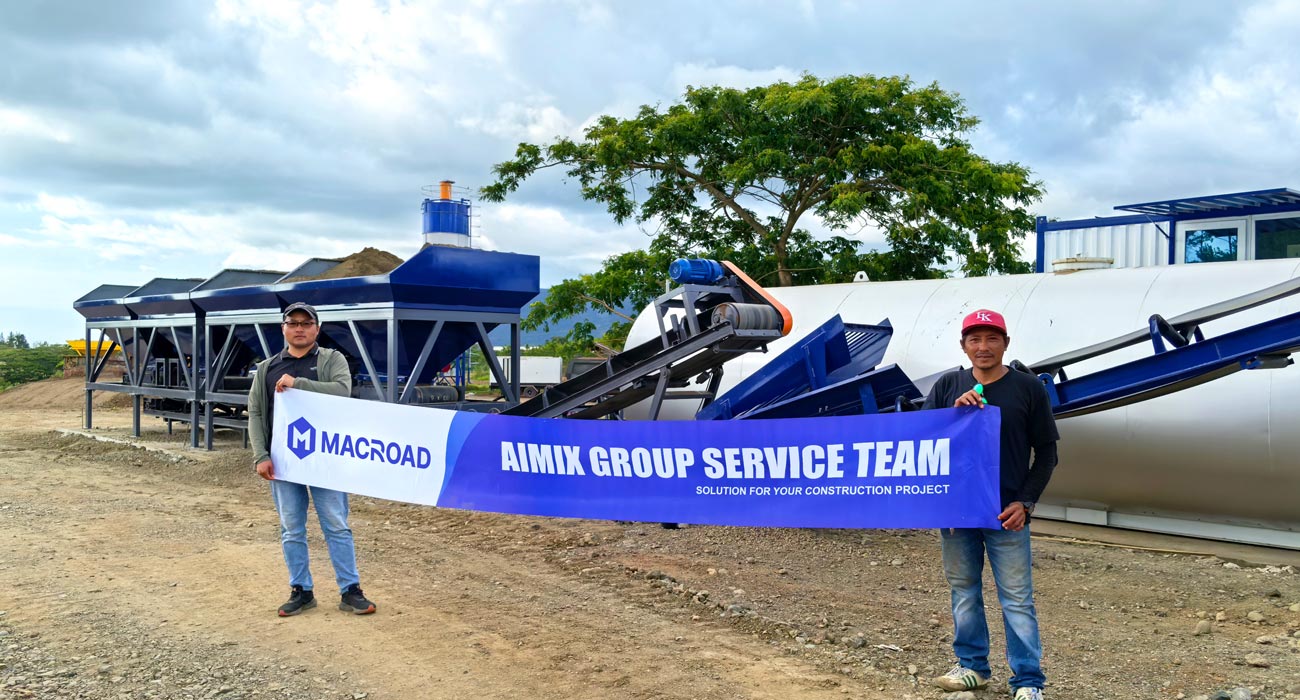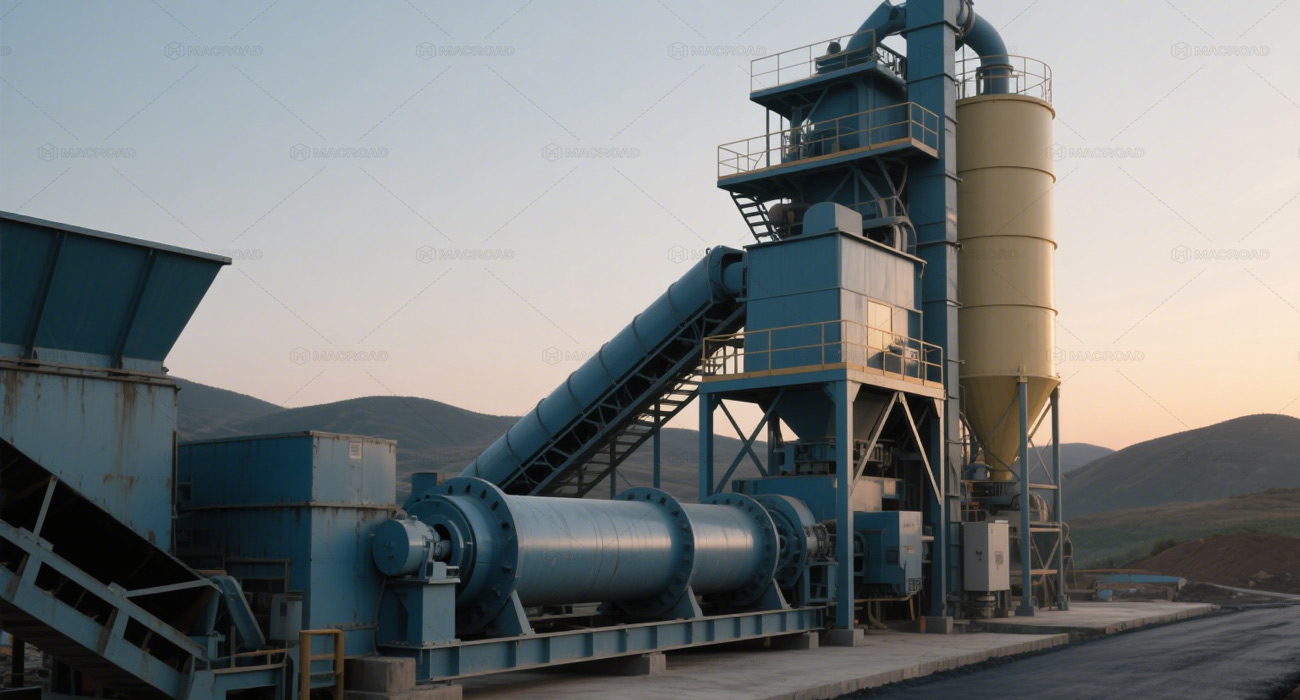The asphalt production process in hot drum mix plants relies heavily on high-temperature combustion systems, which leads to significant energy consumption and environmental challenges. In contrast, cold patch asphalt plants do not require high-temperature heating, but their production involves special additives, including anti-stripping agents and stabilizers, which can increase raw material costs and impose stricter storage requirements. Understanding these differences is crucial for users when formulating reasonable asphalt production plans. This article examines how asphalt plant suppliers can analyze the cost control and environmental compliance of these two types of equipment.

Evaluating Costs and Environmental Compliance
When introducing hot drum mix plants and cold patch asphalt plants to potential users, asphalt plant suppliers must comprehensively analyze their differences in cost control and environmental compliance. For urban projects with stringent environmental regulations, suppliers need to clearly explain the additional costs associated with dust removal, desulfurization, and denitrification equipment that hot drum mix plant require. These systems are essential for meeting environmental standards but can significantly increase the initial investment and ongoing operational costs.
In addition to these upfront costs, it is important for suppliers to provide insight into the long-term energy consumption costs associated with operating a hot drum mix plant. By presenting a detailed breakdown of these expenses, users can better understand the financial implications of selecting this type of equipment for their projects.

Comparing Cold Patch Asphalt Plants
For small-scale repair projects, cold patch asphalt plant present a compelling alternative. While these plants do not require investment in environmental equipment, the use of special additives can lead to higher raw material costs. Asphalt plant suppliers should guide users in weighing the advantages of cold patch plants against the increased costs associated with these additives.
By providing a side-by-side comparison of the initial investment and long-term operational costs, suppliers can help users make informed decisions. This comparison should also include considerations for production scale and specific project requirements, allowing users to balance their short-term investments with long-term operational efficiency.

Life-Cycle Cost Calculation Framework
To further assist users in evaluating the cost differences between hot drum mix plants and cold patch asphalt plants, suppliers should offer a life-cycle cost calculation framework. This framework could encompass various factors, including equipment procurement, raw material consumption, environmental investments, and maintenance costs. By presenting a comprehensive view of the total cost of ownership, users can more intuitively assess the long-term implications of their equipment choices.
Implementing this framework requires asphalt plant supplier to possess robust professional capabilities in cost accounting and a deep understanding of environmental standards. Suppliers must be able to interpret these standards effectively and provide clear guidance on how they impact overall costs. This expertise is essential for helping users navigate the complexities of asphalt production and environmental compliance.

Significance of Comprehensive Analysis
Compared to traditional promotion methods that focus solely on equipment prices, this comprehensive cost and environmental analysis approach has significant implications for achieving sustainable asphalt production. By emphasizing the importance of balancing initial investments with long-term operational efficiencies, suppliers can position themselves as trusted partners in the asphalt production process.
This strategy not only fosters more informed decision-making among users but also supports the broader goal of sustainable construction practices. By helping users understand the financial and environmental impacts of their choices, asphalt plant suppliers can contribute to a more responsible approach to asphalt production, aligning with modern industry standards and expectations.
In conclusion, the differences between hot drum mix plants and cold patch asphalt plants are significant and multifaceted. Asphalt plant suppliers have a crucial role in guiding users through the complexities of cost control and environmental compliance. By providing thorough analyses and life-cycle cost frameworks, they can empower users to make informed decisions that balance short-term investments with long-term sustainability in asphalt production.
